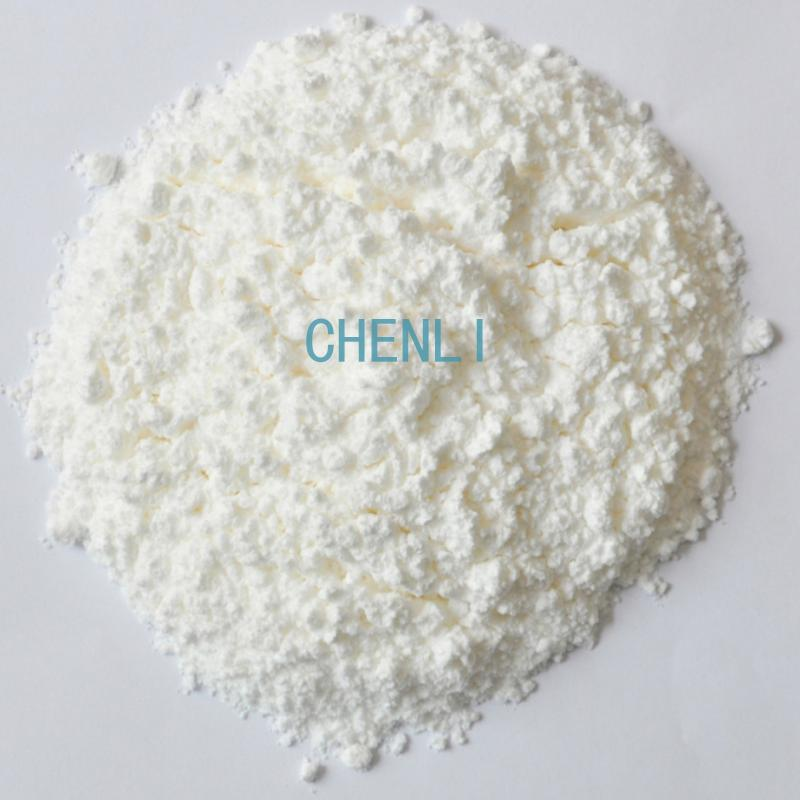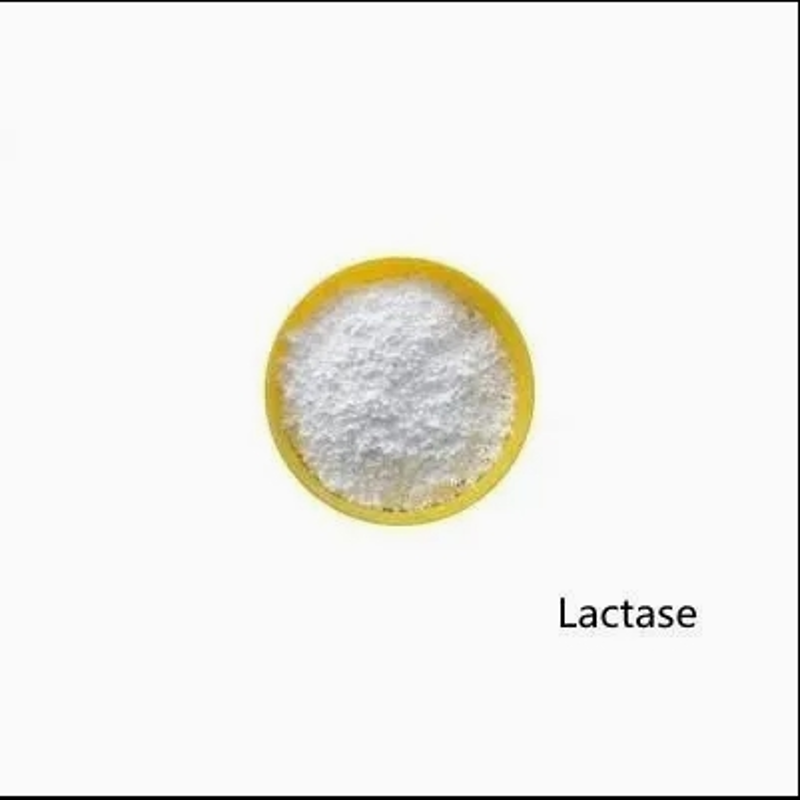-
Categories
-
Pharmaceutical Intermediates
-
Active Pharmaceutical Ingredients
-
Food Additives
- Industrial Coatings
- Agrochemicals
- Dyes and Pigments
- Surfactant
- Flavors and Fragrances
- Chemical Reagents
- Catalyst and Auxiliary
- Natural Products
- Inorganic Chemistry
-
Organic Chemistry
-
Biochemical Engineering
- Analytical Chemistry
-
Cosmetic Ingredient
- Water Treatment Chemical
-
Pharmaceutical Intermediates
Promotion
ECHEMI Mall
Wholesale
Weekly Price
Exhibition
News
-
Trade Service
The newly developed
TASTEVA stevia glycoside
could help reduce the sugar content of cola drinks by more than 50 percent,
and no other sweeteners, such as licorice or bitter aftertaste, the company told Beverage Daily .com.told the website that so far, cola beverage makers, at least in Europe, have mostly introduced products that use stevia stevia, reducing sugar content by 30 percent.'s most recent high-profile product in Europe is
Pepsi NEXT
, which reduces reducing reduced sugar content by 30% by using zero-calorie stevia sweeteners (first from Pepsi or Coca-Cola brands) and reducing reduced sugar content by 60% in the United States by using other sweeteners.Quinlan, manager of sweetener technology development atTyla, revealed to BeverageDaily .com: "
TASTEVA stevia glycoside
is the most optimized
stetethy glycol
ingredient development, pure taste,
does not have the usual stevia stevia sweetener contains dry grass or bitter taste. She : "This allows it to be used at a higher level of sugar replacement without affecting taste." Coca-Cola does not contain any masking agents. "the sweetness of coke succeed?Tasteva
has been used to form a cola concept called Cola Create, invented by the Thales Innovation Centre in Lille, France, and exhibited last week at the European Health Food Ingredients in Frankfurt.about Theasteva's development process, Thales told
BeverageDaily.com
that it evaluates
80-plus stevia extracts to understand their composition and sensory properties.company then assessed the effects of 10-12 stevia glycosides (the sweet ingredients of stevia leaves) on the overall taste of the food.specific stevia glycosides, through special treatment, optimize the extraction process, and then carry out many more detailed sensory assessment experiments, resulting in the formation of
Tasteva
.the basis for the high acceptance of the ingredient in sensory experiments, Quinlan said the panel members did not identify significant differences between drinks compared to drinks with full sugar content."We've attracted a lot of attention
..."The use of stevia in Cola drinks to create an all-sugar-like taste and to achieve a delicate scent balance is challenging, as Quinlan explains: "coke is a complex taste with many flavor characteristics. Any change in the beverage formulation will affect its taste. "" is therefore important to work closely with the sweetness of sucrose to maintain the transmission and balance of the entire cola flavor. Quinlanwhen asked where he expected to achieve a breakthrough in the sweetener's application."Our stevia sweetener Testeva has received attention from different places, and where it will be first introduced to the market is a concern." She said.two years of development of the stevia sweetener Tasteva - thales analyzed various stevia glycoside compositions and determined by special processes - can be used by food and beverage manufacturers to reduce sugar use by 50% or more.the sweetener on September 12, the company claims that
TASTEVA stevia glycoside has a pure sweetness and fresh taste that is superior to Reb A 97 and other stevia glycosides
.







